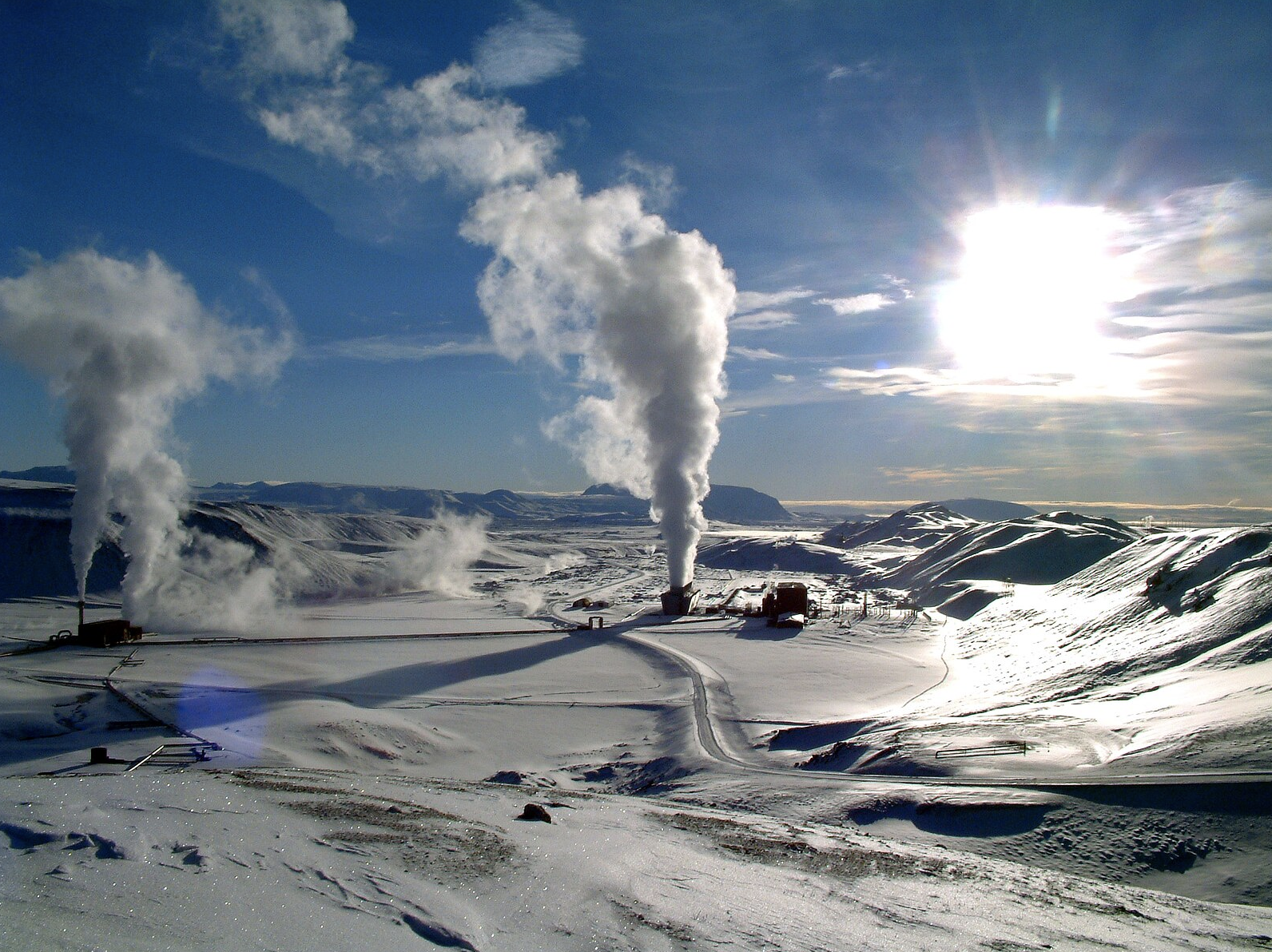by Aunjoli Das
In the previous installment of this blog series, we discussed Iceland’s switch from fossil fuels to geothermal energy. In this blog, we discuss the lessons other nations can take away from Iceland’s clean energy transition.
Iceland’s transition of its heating sector from imported fossil fuels to geothermal energy was remarkable. Geothermal energy serves as a powerful renewable utility source that is rarely employed due to social, economic, and environmental limitations. The need for independent energy security drove the search for a new and unique energy source in Iceland.
Image of Hellisheiði Power Station. Image: Jen Stevenson Zepeda
Iceland offers a beautiful example of how a clean energy transition can be successful, but the country had many unique, geographical advantages that made geothermal energy possible. The island has uncommon geologic and hydrologic conditions such as frequent volcanic activity and rapid glacial melting. These conditions are necessary to generate hydropower and heat geothermal waterways for energy production. Also unique was Iceland’s energy situation before the transition. Unlike most of the Western world, the country did not have any means of independent power production before 1970, and its economy was in decline due to its complete dependence on foreign fossil fuels. Transitioning their energy source allowed the country to finally implement a nationwide, independent energy grid, giving them both energy and economic security.
Despite these unique features, what lessons in sustainable development can be drawn from other nations looking to transition to renewables? The first is that public engagement and cooperation between municipalities is key. There must be strong action to inform the public of the benefits of investing in renewables. Reducing taxes on renewables below the price of fossil fuels can incentivize public investment, funding research and development that can make clean energy more accessible. In Iceland, citizens’ motivation for cleaner air and lower health risks was a major driving force behind the transition. They were willing to pay a larger initial cost if it meant their long-term oil spending would decrease.
Another lesson is that a clean energy transition works best when it is guided by local geographical conditions. The physical features and renewable resources of a country will determine what renewable energy technology will be most efficient and effective. Finally, Iceland’s success is proof that renewable energy is not just for rich countries; poor, developing nations can overcome the financial and internal challenges to a clean energy transition too. In fact, new power solutions can become more accessible when nationwide infrastructure has not yet been developed.
Thanks for sticking with us as we explored Iceland’s fascinating energy landscape. We hope you learned something new about geothermal energy and the possibilities for a clean energy transition, and that you enjoyed yourself along the way!



